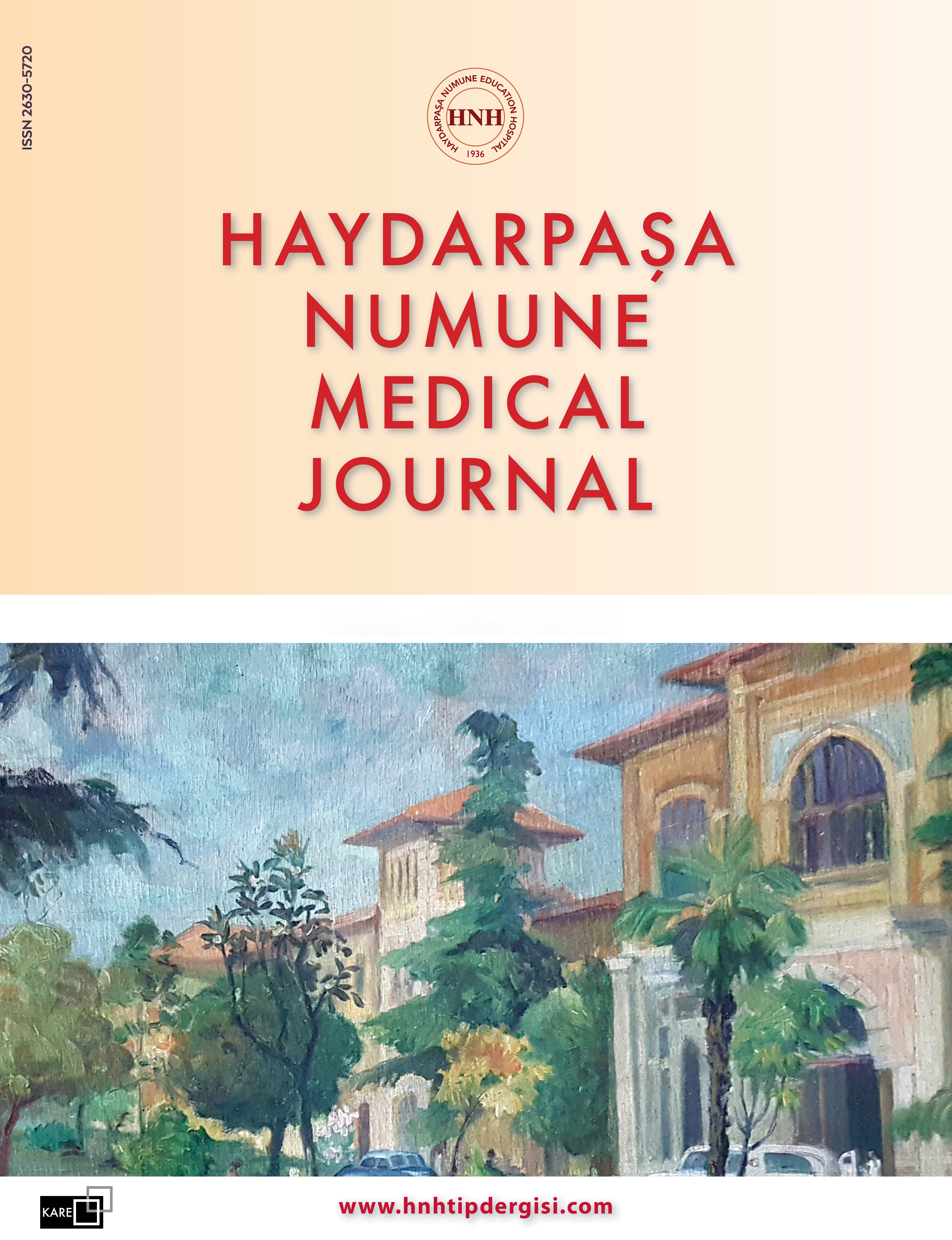Free Floating Aortic Thrombus
Zaur Guseinov1, Sebil Merve Şen2, Fatih Avni Bayraktar1, Ebuzer Aydın11Department of Cardiovascular Surgery, Medeniyet University Faculty of Medicine, Istanbul, Türkiye2Department of Cardiovascular Surgery, Göztepe Prof. Dr. Süleyman Yalçın City Hospital, Istanbul, Türkiye
Parietal thrombus of the aorta can occur in any part of it and can be one of the main causes of distal embolism. Usually, their genesis is due to the presence of an undermined atherosclerotic plaque, on the basis of which adhesion of thrombotic masses occurs. Intimate dissection can also be a prognostic factor for aortic thrombosis. A 48-year-old female patient with a history of cancer was admitted to the general surgery clinic on 03.01.2022 for surgery because metastatic cancer was detected in the large intestine. The patient had abdominal pain for one month. Abdominal CT angio revealed FFT in the descending aorta. The general condition of the patient, who was in the postoperative period of hemi-colectomy, was good, and she was oriented. Many authors prefer anticoagulant therapy in combination with distal embolectomy or thrombectomy of the affected part of the aorta. Others find it appropriate to use only anticoagulant therapy, excluding any surgical intervention. The best strategy was defined in a meta-analysis by Z. Fayad, who argued that anticoagulant therapy should be started at the time of diagnosis, and he stated that surgical treatment is acceptable in patients with a low risk of postoperative complications and one or more presences.
Keywords: Computed tomography, descending aorta, free-floating thrombosis, medical treatment.Manuscript Language: English
















